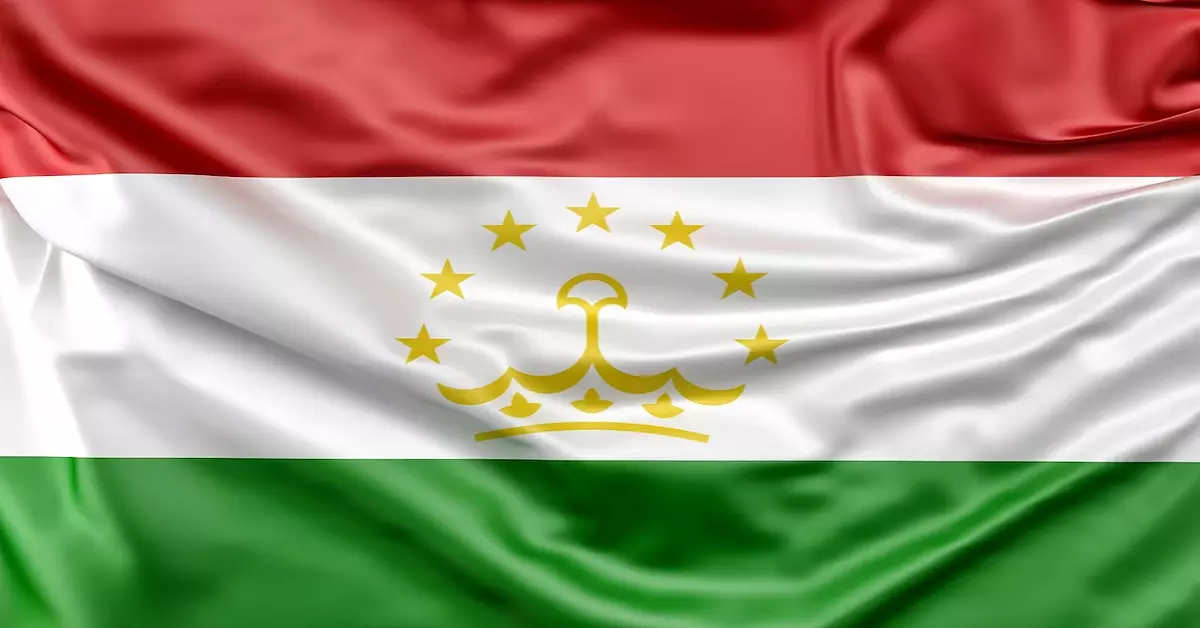Unraveling the Symbolism Behind the Green, White, and Red Flag

Introduction
The green white and red flag, with its vibrant tri-color composition, has intrigued and captivated many with its symbolism and history. In this exploration, we will delve into the world of flags, focusing our attention on the rich significance and cultural importance of the green white and red flag. Flags, beyond being mere pieces of cloth, serve as potent symbols of identity and unity for nations worldwide. This article aims to unravel the deep-rooted meanings behind the colors of this flag, showcasing how it embodies the nation’s history, values, and aspirations. From the historical origins of each color to its contemporary significance, we will journey through the flag’s evolution, cultural importance, and the etiquette associated with its display. By the end of this journey, you will gain a profound understanding of the green, white, and red flag’s role in shaping a nation’s identity and fostering unity among its people.
The Historical Roots of the Flag
Origins of the Colors
The origins of the green white and red flag colors are deeply rooted in symbolism. Green represents hope, growth, and freedom, reflecting the nation’s lush landscapes. White embodies peace and unity, while red symbolizes valor and the sacrifices made throughout its history. Together, they tell a story of a nation’s identity and values.
Green – The Color of Hope
Green, on the green white and red flag, signifies hope, growth, and freedom. It is a vibrant color that reflects the nation’s lush landscapes and fertile lands. This hue represents the nation’s aspirations for a prosperous future and its connection to the natural world, symbolizing hope for all its people.
White – The Color of Peace
White, the central color on the green white and red flag, embodies peace and purity. It represents the nation’s commitment to harmony, unity, and tranquility among its people. This color reflects the aspiration for a society where all citizens can coexist peacefully, irrespective of their backgrounds or beliefs.
Red – The Color of Valor
The red stripe signifies valor, courage, and the sacrifices made by the nation’s people throughout its history. It is a symbol of the nation’s resilience and determination.
Cultural Significance
A Melting Pot of Culture
The green, white, and red flag is often seen as a reflection of the nation’s diverse cultural heritage. Each color represents a different aspect of the nation’s identity, and together, they create a harmonious blend that celebrates unity in diversity.
Celebrations and Festivals
The flag plays a significant role in the nation’s celebrations and festivals. It is proudly displayed during national holidays, symbolizing the nation’s pride and patriotism.
The Evolution of the Flag
Historical Changes
Over the years, the green white and red flag has undergone several changes in its design and symbolism. Understanding these changes provides valuable insights into the nation’s history and evolution.
Early Designs
In its early designs, the green, white, and red flag featured variations in color arrangement, each holding unique significance. These early iterations represented the nation’s evolving identity and values, reflecting the historical context of the time. Over the years, the flag’s design became more standardized, but its historical roots remain influential.
Modern Interpretations
In modern times, the green white and red flag retains its traditional colors and design. However, its interpretations have evolved to encompass contemporary values of multiculturalism and unity. Today, it symbolizes not only historical ideals but also the nation’s commitment to inclusivity, diversity, and a harmonious future.
Flag Etiquette
Respecting the Flag
Respecting the green white and red flag is an essential aspect of the nation’s culture. The flag embodies the nation’s identity, symbolizing hope, peace, valor, and unity. Guidelines exist to ensure its proper handling and display. Citizens are encouraged to treat the flag with the utmost respect, refraining from any form of desecration or disrespect. During national events, it is customary to stand at attention and salute the flag as it is raised or lowered. Additionally, the flag should never touch the ground or be used for any commercial or decorative purposes. These protocols underscore the nation’s deep reverence for its symbol of pride and heritage.
Raising and Lowering the Flag
Raising and lowering the green white and red flag is a solemn ritual that holds deep significance in the nation’s culture. At sunrise, the flag is reverently raised, signaling the start of a new day filled with hope and promise. This act symbolizes the nation’s commitment to a peaceful and prosperous future. Conversely, at sunset, the flag is carefully lowered, marking the end of the day with a sense of gratitude for the valor and sacrifices of its people. This daily tradition not only honors the flag as a symbol of identity but also reinforces the nation’s
Conclusion
In conclusion, the green white and red flag serves as a powerful symbol of hope, peace, valor, and unity for the nation it represents. Its historical significance, rooted in the colors that embody these ideals, tells a compelling story of the nation’s past and its journey towards a harmonious future. This flag, with its rich cultural tapestry, not only unites the diverse elements of the nation but also stands as a testament to its commitment to peace and prosperity. As it continues to evolve alongside the changing times, the green, white, and red flag remains an enduring emblem of identity and pride. It is a reminder of the sacrifices made, the values upheld, and the unity forged by the nation’s people throughout its history.